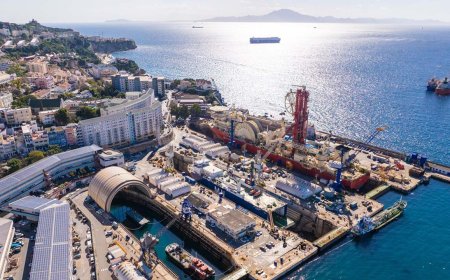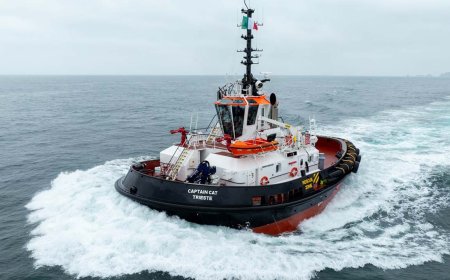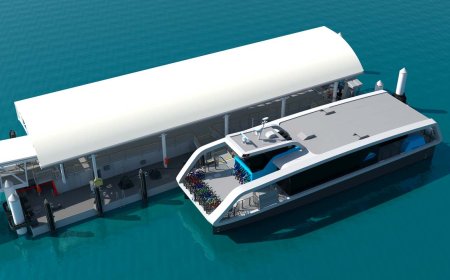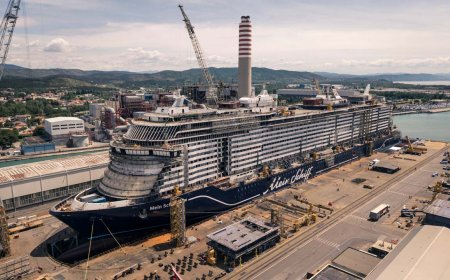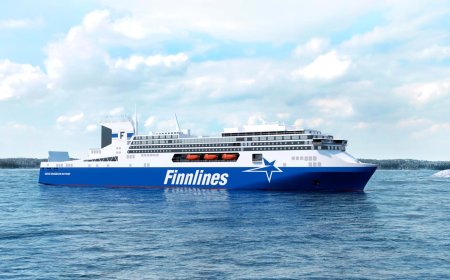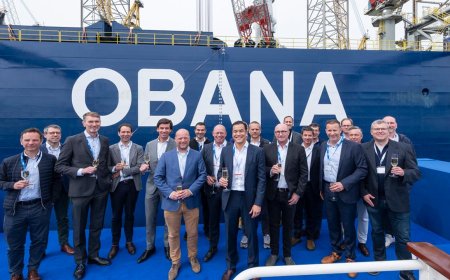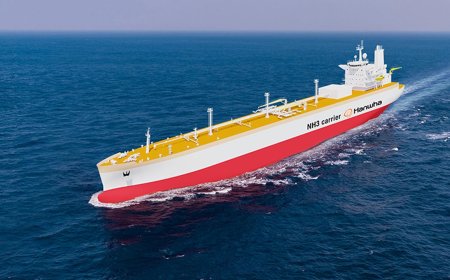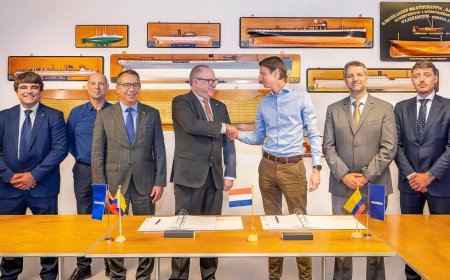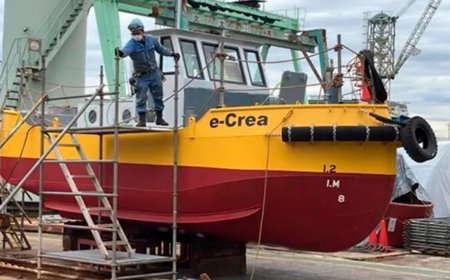EnBW-aerodyn research project: Nezzy² wind turbine learns to swim in the Baltic Sea
EnBW and aerodyn engineering have joined forces to trial this new offshore technology.
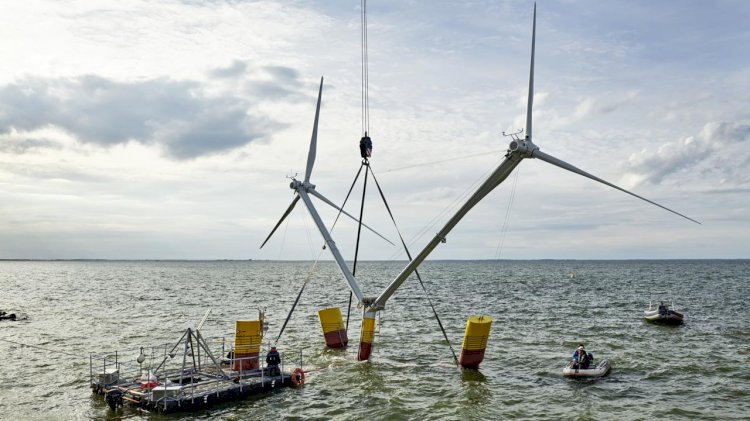
The Nezzy² floating wind turbine is being tested at sea for the first time in Greifswald Bay. EnBW and aerodyn engineering, a north German engineering company, have joined forces to trial this new offshore technology. The 18 metre tall, 1:10-scale prototype consists of two wind turbines on a floating platform made of precast concrete elements.
Until now, offshore wind turbines have been anchored to fixed foundations in the seabed at maximum depths of 50 metres. Floating turbines have the advantage that they can be deployed in deeper waters.
Hannah König, head of wind and marine technology at EnBW, explains:
“The potential is huge. Looking ahead, the new technology will open up new countries and marine areas with greater water depths for offshore wind power."
As well as supporting their development, EnBW also plans to deploy the floating turbines itself.
König says:
"France especially is an attractive market for us.”
aerodyn Managing Director Sönke Siegfriedsen says:
“We are confident that Nezzy² will enable the international offshore wind industry to generate wind power at sea even more cost-effectively in future. In EnBW, we have gained a partner for our test with ten years of experience in the construction and operation of offshore wind farms.”
Three months, Nezzy² has been successfully tested in a flooded gravel pit near Bremerhaven. Now, the turbine is floating 650 metres off Vierow port, where it is anchored with lines to the sea floor. After the approval by the responsible authority the two companies will examine how the floating turbine performs in wind and wave conditions. If the Baltic Sea trials are successful, a full-scale version of Nezzy² will be put through its paces in China in late 2021 or early 2022.
